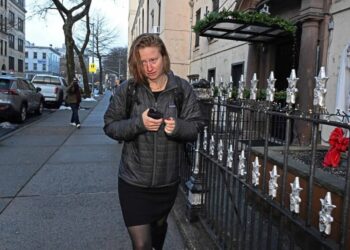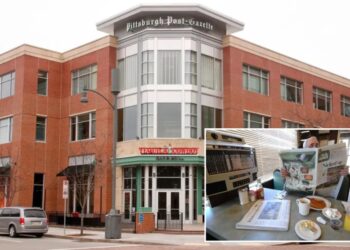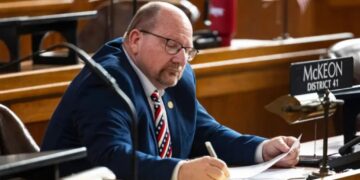A Majority of Venezuelans Struggle to Pay for Food, Poll Shows
A majority of people in Venezuela struggled to afford food and just a fraction had stable work last year, according...
Glenn Hall, Pathbreaking All-Star Hockey Goalie, Dies at 94
Glenn Hall, a National Hockey League goaltender who pioneered the modern “butterfly” style and played in a record 502 consecutive...
Andrade El Idolo Returns on ‘AEW Dynamite’
Andrade El Idolo is officially back in AEW. In September, he departed WWE, and swiftly showed back up in AEW....
NYC housing advocate Cea Weaver must own up to her beliefs and explain them to rightfully concerned voters
Cea Weaver is over 35, with over a decade’s experience as a hard-knuckled professional advocate battling in New York politics...
‘Very likely’: Ex-Trump insider has a sobering prediction for the rest of Trump’s term
A former insider in President Donald Trump’s orbit offered a sobering prediction for the president during an interview with CNN...
Amy Schumer hilariously trolls herself after filing for divorce from Chris Fischer: ‘Line up boys’
Amy Schumer is retaining a sense of humor following her recent filing for divorce from Chris Fischer. Schumer, 44, posted...
Steny Hoyer, Longest-Serving House Democrat, to Retire From Congress
Representative Steny H. Hoyer of Maryland, the longest serving House Democrat who for decades was one of his party’s top...
Pittsburgh Post-Gazette shuttering after 240 years, owners announce
The Pittsburgh Post-Gazette’s owners announced Wednesday the paper will be shutting down in a few months, citing financial losses. Block...
Trump administration gives Iowa education waiver; more states may follow
The Trump administration is giving Iowa more say over how it spends federal money for education, opening the door for...
AOC Shuts Down Fox News Host Over Stephen Miller Sex Comments
Alexandria Ocasio-Cortez finally got payback for a disturbing remark Jesse Watters made months ago. The New York congresswoman, 36, shut...














